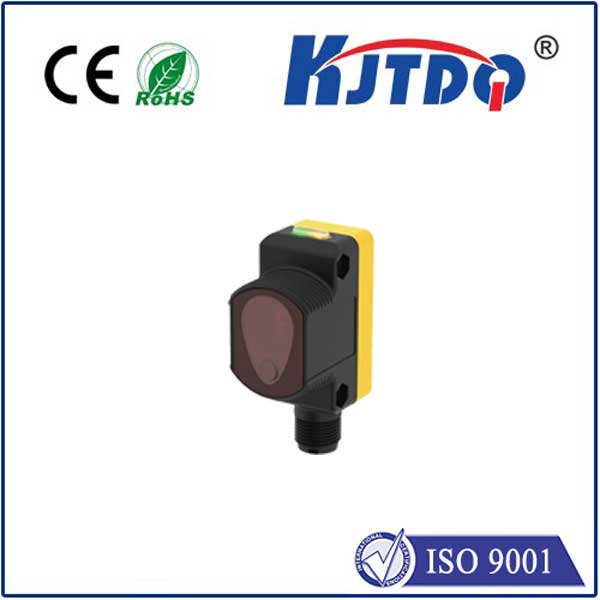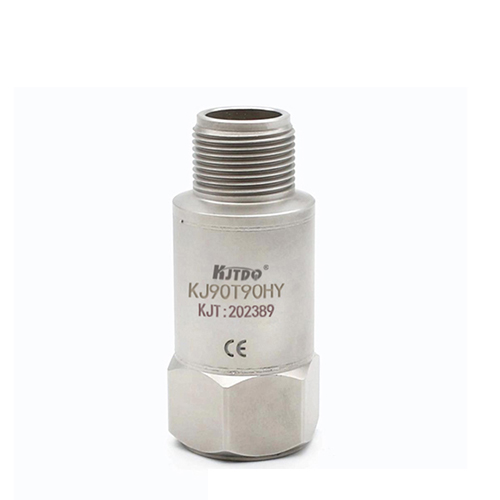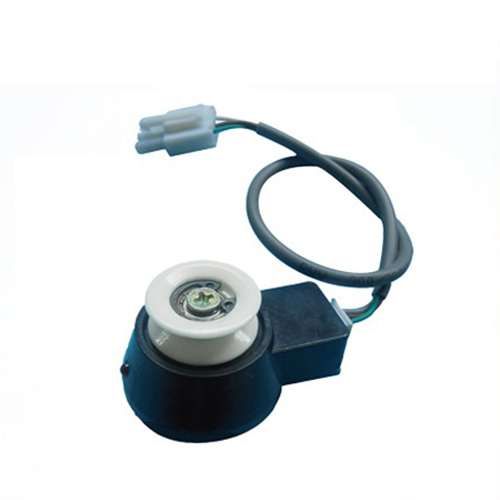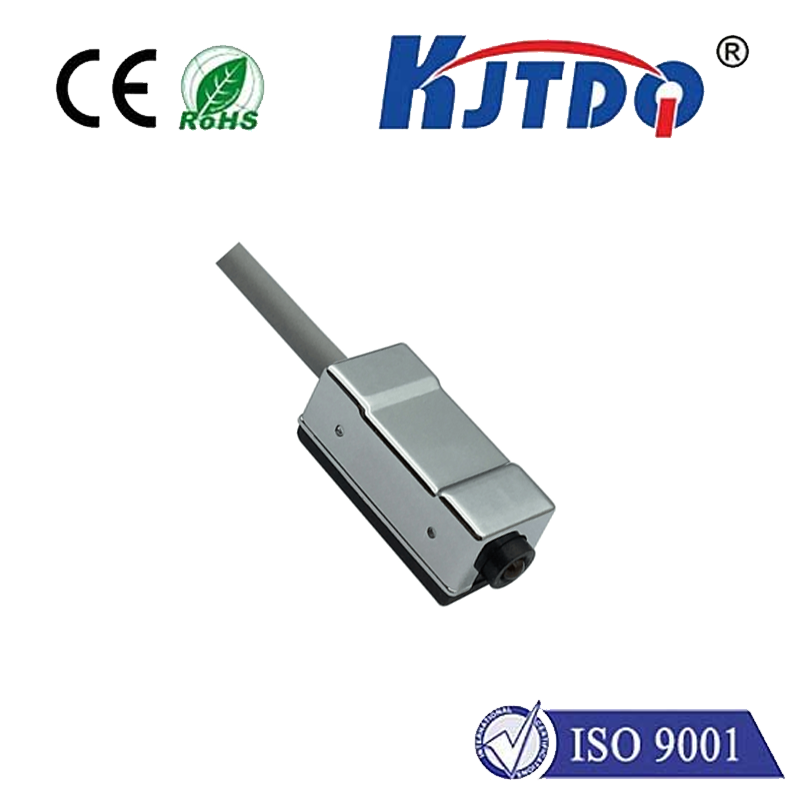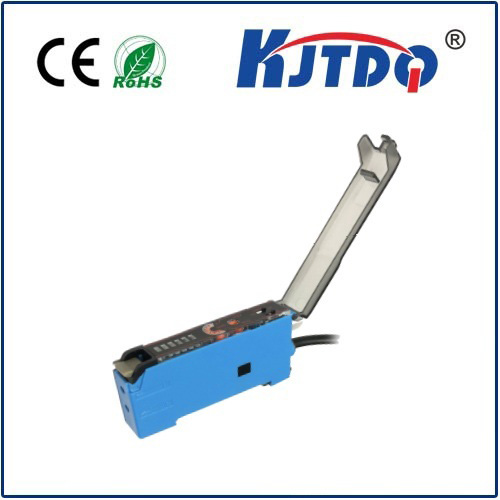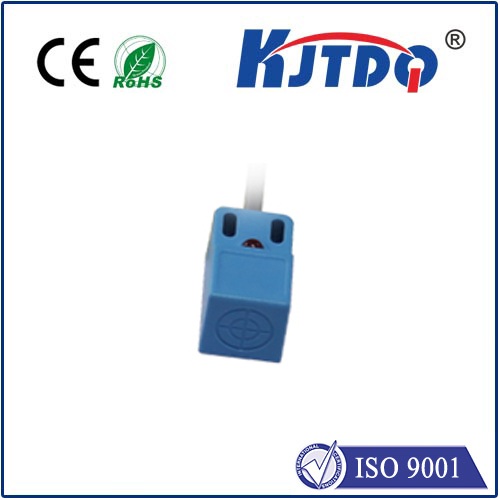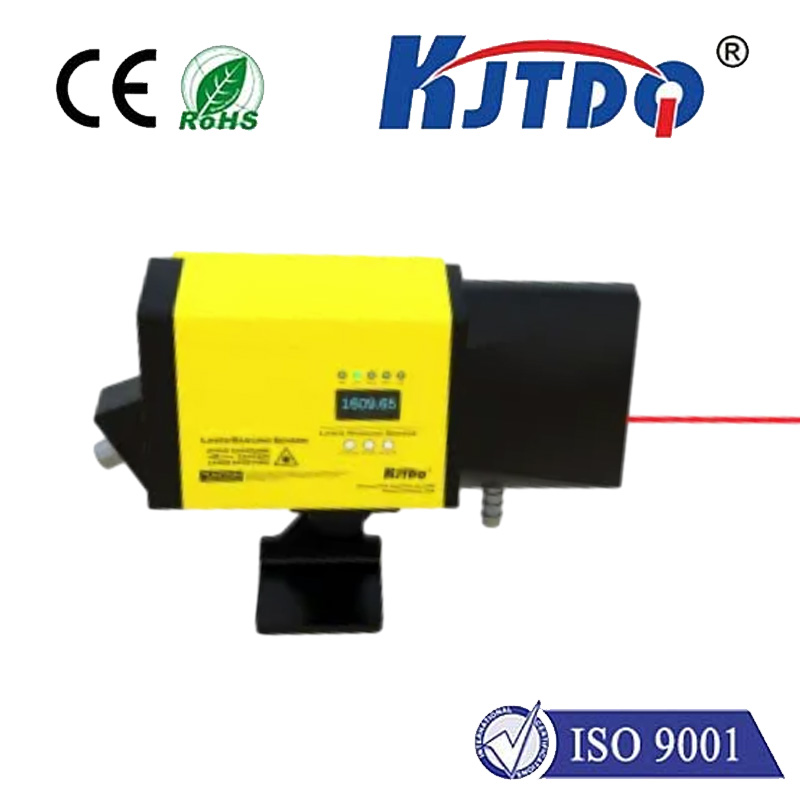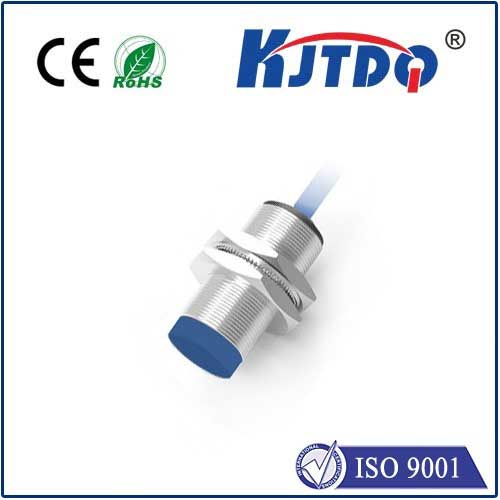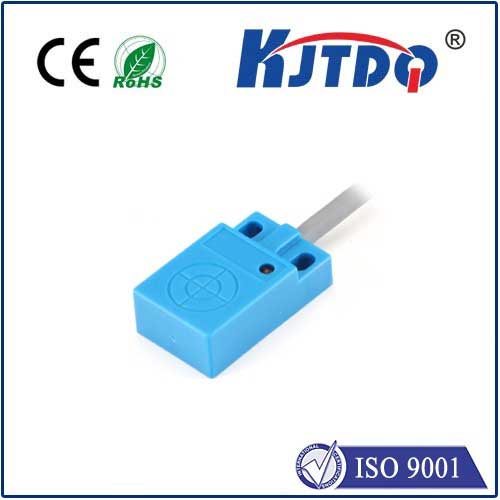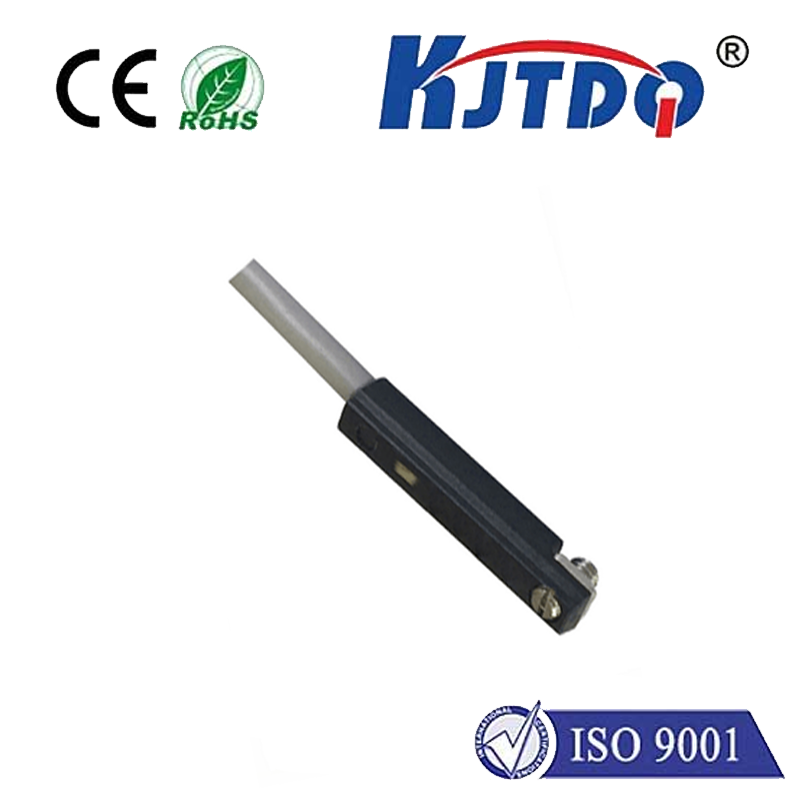

check

check

check

check

check

check

check

check

check

check
Understanding the High Temperature Proximity Sensor: Innovations and Applications In the rapidly evolving world of technology, high temperature proximity sensors have emerged as vital components in various industries. These sensors are designed to detect the presence or absence of objects within a certain range, even under extreme heat conditions. This article delves into the intricacies of high temperature proximity sensors, their working principles, and diverse applications.
A high temperature proximity sensor, also known as a high-temperature inductive sensor, is an advanced electronic device that operates efficiently in harsh thermal environments. Unlike conventional proximity sensors that may malfunction or fail when exposed to high temperatures, these specialized sensors are built with materials and technologies capable of withstanding extreme heat.
High temperature proximity sensors typically utilize inductive or capacitive sensing principles to detect metallic or non-metallic objects. Inductive sensors generate an electromagnetic field that reacts to changes caused by the proximity of a conductive object. Capacitive sensors, on the other hand, operate based on changes in electrical capacitance when an object approaches. Despite the high temperatures, these sensors maintain their accuracy and reliability through the use of specialized materials such as ceramics and high-temperature resistors. They are also designed with robust casings that protect internal components from thermal stress and degradation.
Thermal Resistance: The ability to function at temperatures up to 300°C (572°F) without performance degradation.
Durability: Made with high-quality materials that resist corrosion, vibration, and mechanical wear.

Accuracy: Maintains precise detection capabilities even in extreme conditions.
Versatility: Can detect a variety of materials including metals, plastics, and liquids.
Longevity: Designed for extended operational lifespan under high temperature conditions.
Automotive Industry: Monitoring engine parts, exhaust systems, and other automotive components where high temperatures are common.
Aerospace Sector: Ensuring the integrity of aircraft engines, turbine blades, and other critical parts subjected to intense heat during operation.
Industrial Manufacturing: Use in high-temperature processes like forging, casting, and heat treatment to monitor and control equipment.
Oil and Gas Industry: Detecting levels and positions of equipment in drilling operations and refinery processes where high temperatures prevail.
Petrochemical Plants: Safety monitoring and process control in high-heat environments to prevent accidents and optimize production efficiency.
Food Processing: Quality control and safety monitoring in ovens, fryers, and other high-temperature environments.
As technology advances, the demand for high temperature proximity sensors continues to grow. Future developments are expected to focus on enhancing sensor accuracy, reducing costs, and increasing operational longevity. Integration with IoT (Internet of Things) platforms can enable real-time monitoring and predictive maintenance, further revolutionizing how high temperature environments are managed.
High temperature proximity sensors represent a crucial technological advancement for numerous industries facing the challenges of extreme heat conditions. Their ability to provide reliable and accurate detection ensures safety, improves efficiency, and supports innovation across various sectors. As research and development continue, the future holds promising enhancements that will further expand the applications and benefits of these remarkable devices.
